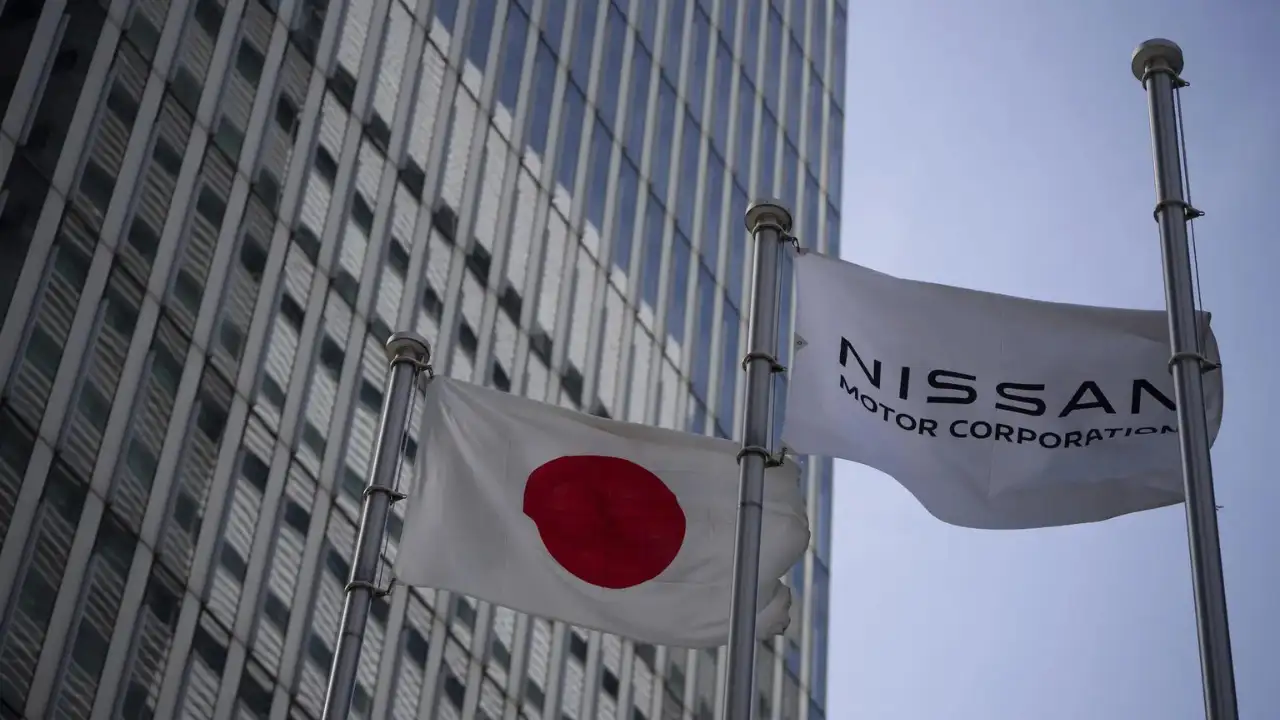Nissan Invests in Hybrid e-Power Technology for Corporate Turnaround

Struggling to regain its footing, Nissan Motor Corp. is turning to its innovative “e-Power” hybrid technology as a cornerstone of its recovery strategy. This technology, which combines an electric motor with a gasoline engine, promises a unique driving experience by always utilizing the electric motor for power. As the company faces significant financial challenges, including a $4.5 billion loss last fiscal year, Nissan is hopeful that e-Power will help revitalize its business and improve its standing in the competitive automotive market.
Nissan’s e-Power Technology Explained
Nissan’s e-Power technology distinguishes itself from conventional hybrids and electric vehicles. Unlike typical plug-in hybrids, e-Power vehicles do not require external charging. Instead, they rely on a gasoline engine to recharge the battery, allowing drivers to refuel at gas stations without the need for charging infrastructure. This feature positions e-Power as an appealing option for consumers who seek the benefits of electric driving without the limitations of traditional electric vehicles. Currently, the technology is available in models such as the Nissan Qashqai and X-Trail in Europe, as well as the Note in Japan. The U.S. market is set to receive the upgraded system in the upcoming Rogue model, although pricing details have yet to be announced.
Financial Challenges and Strategic Restructuring
Nissan’s financial situation has prompted the company to implement a series of cost-cutting measures. Following a staggering $4.5 billion loss for the fiscal year ending in March, Nissan is restructuring its operations under the leadership of new Chief Executive Ivan Espinosa. The company plans to reduce its global workforce by 15%, equating to approximately 20,000 employees, and will cut its manufacturing footprint from 17 plants to 10. These steps are part of a broader strategy to stabilize the company and enhance its competitiveness in the automotive market, particularly in the face of challenges posed by U.S. tariff policies.
Future Innovations and Market Position
In addition to e-Power, Nissan is actively developing enhanced electric vehicle models and exploring solid-state battery technology, which could replace the current lithium-ion batteries used in its vehicles. The company has a history of innovation, having launched the Leaf, one of the first mass-market electric vehicles, in 2010. However, analysts have expressed concerns about Nissan’s financial viability, suggesting that the company may need external support to navigate its current challenges. Speculation has arisen regarding potential asset sales, including the possibility of selling its Yokohama headquarters or repurposing domestic factories for alternative uses, such as a casino.
Partnerships and Future Prospects
Nissan’s recovery plan also includes strengthening partnerships within the automotive industry. The company previously engaged in discussions with Honda Motor Co. regarding a potential business integration, but those talks were called off in February. As Nissan moves forward with its e-Power technology and restructuring efforts, the company aims to regain its status as a leader in automotive innovation. While the road ahead is fraught with challenges, Nissan remains committed to leveraging its technological advancements to drive future growth and stability.
Observer Voice is the one stop site for National, International news, Sports, Editor’s Choice, Art/culture contents, Quotes and much more. We also cover historical contents. Historical contents includes World History, Indian History, and what happened today. The website also covers Entertainment across the India and World.
Follow Us on Twitter, Instagram, Facebook, & LinkedIn

